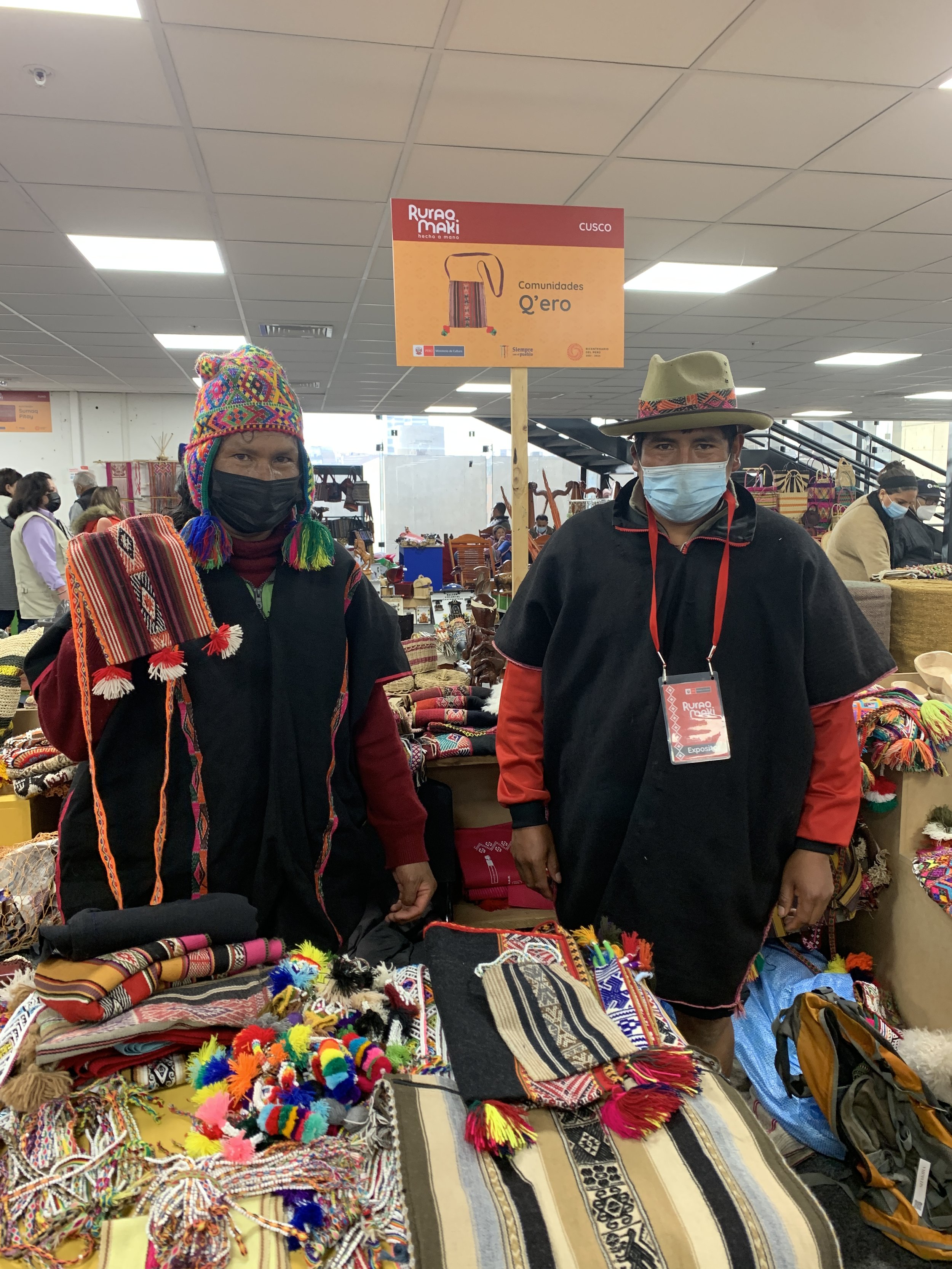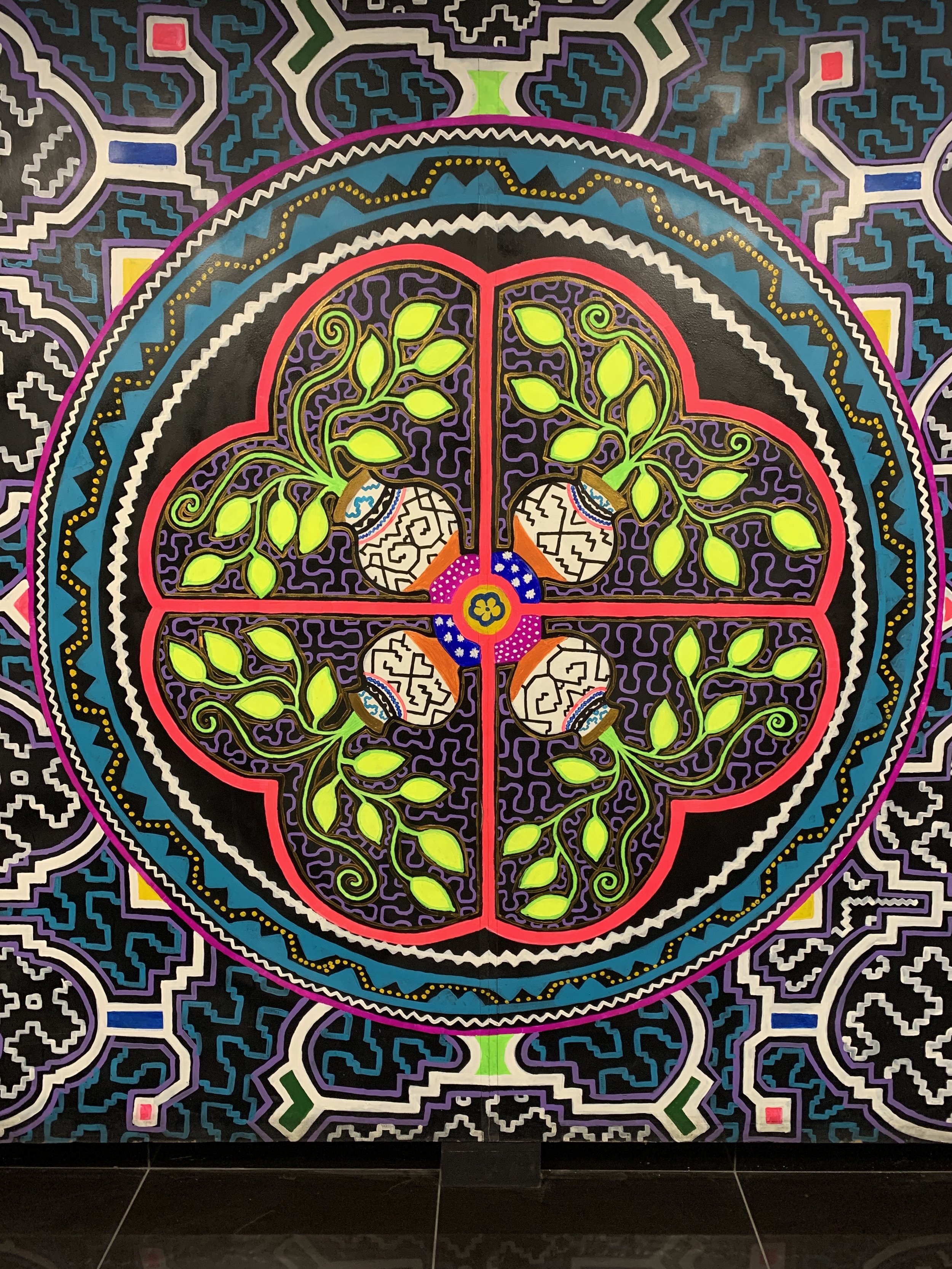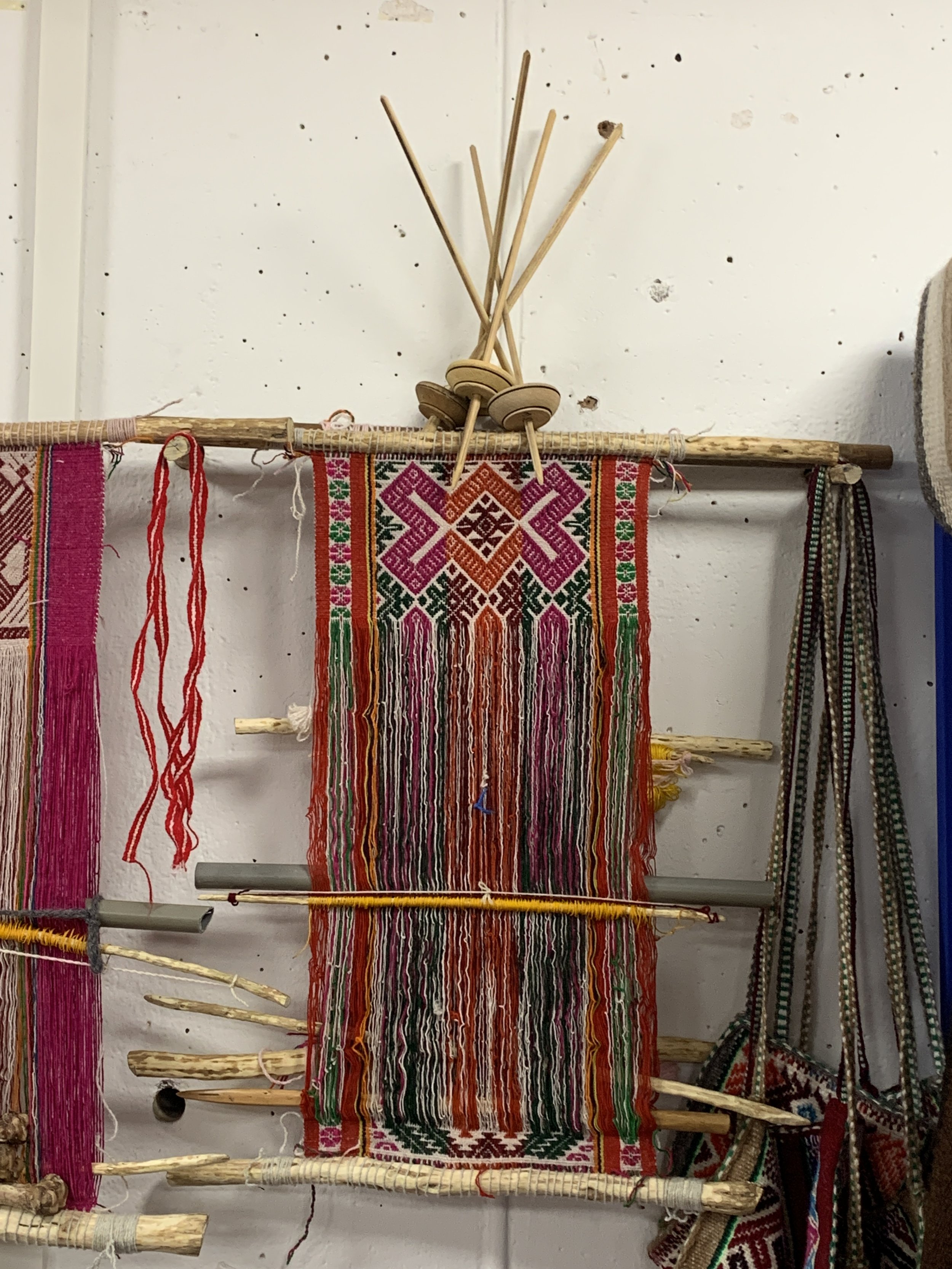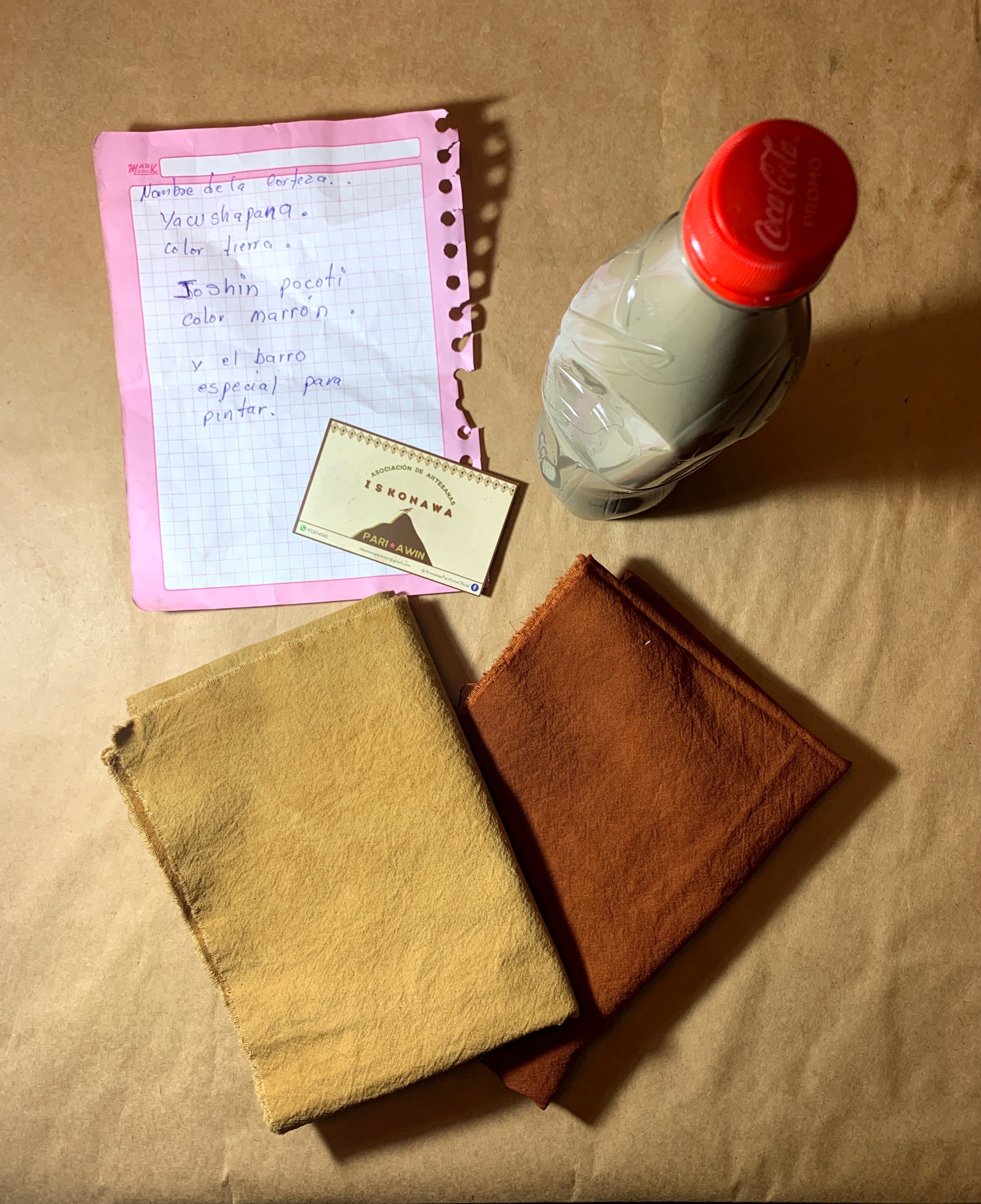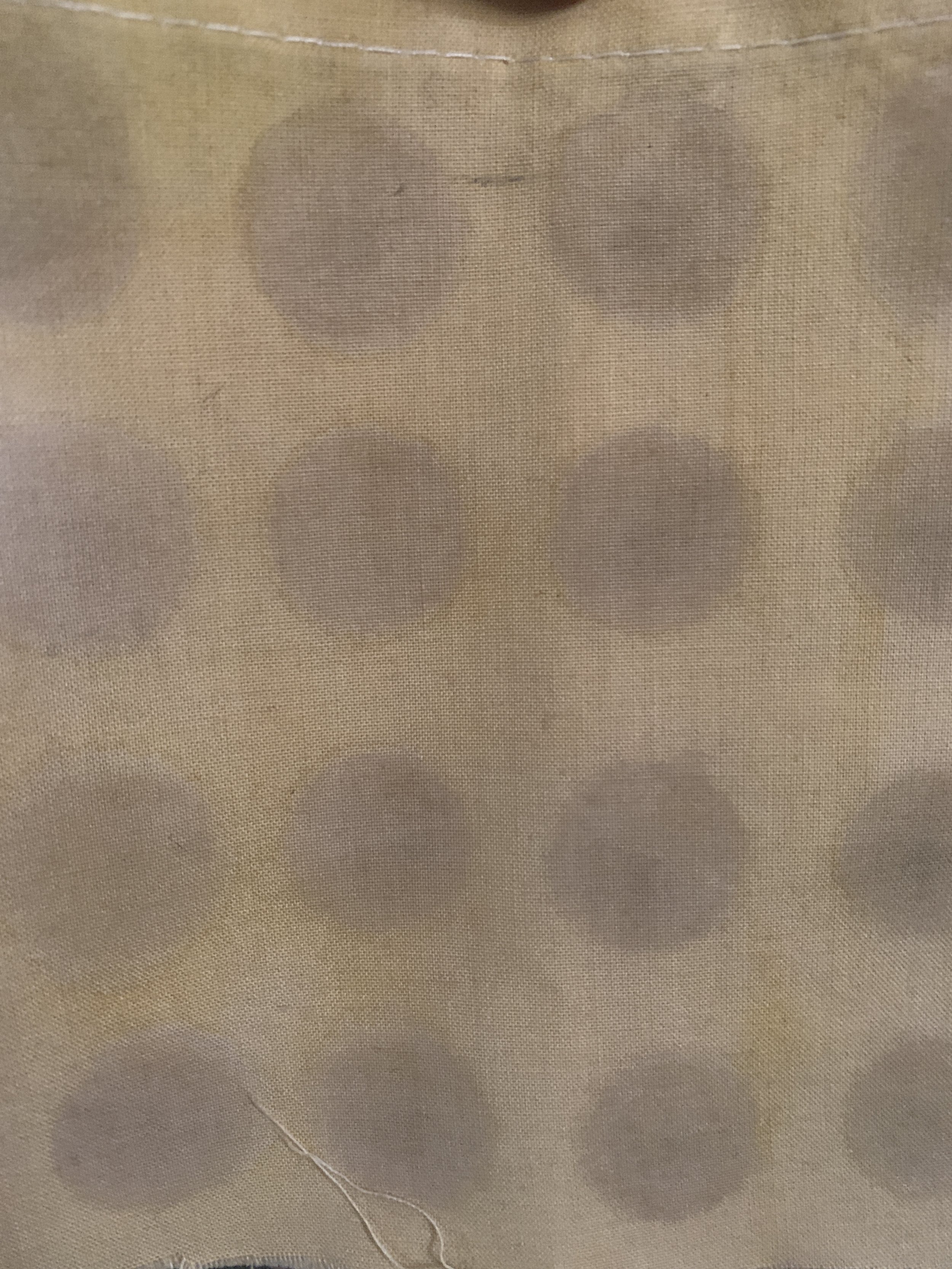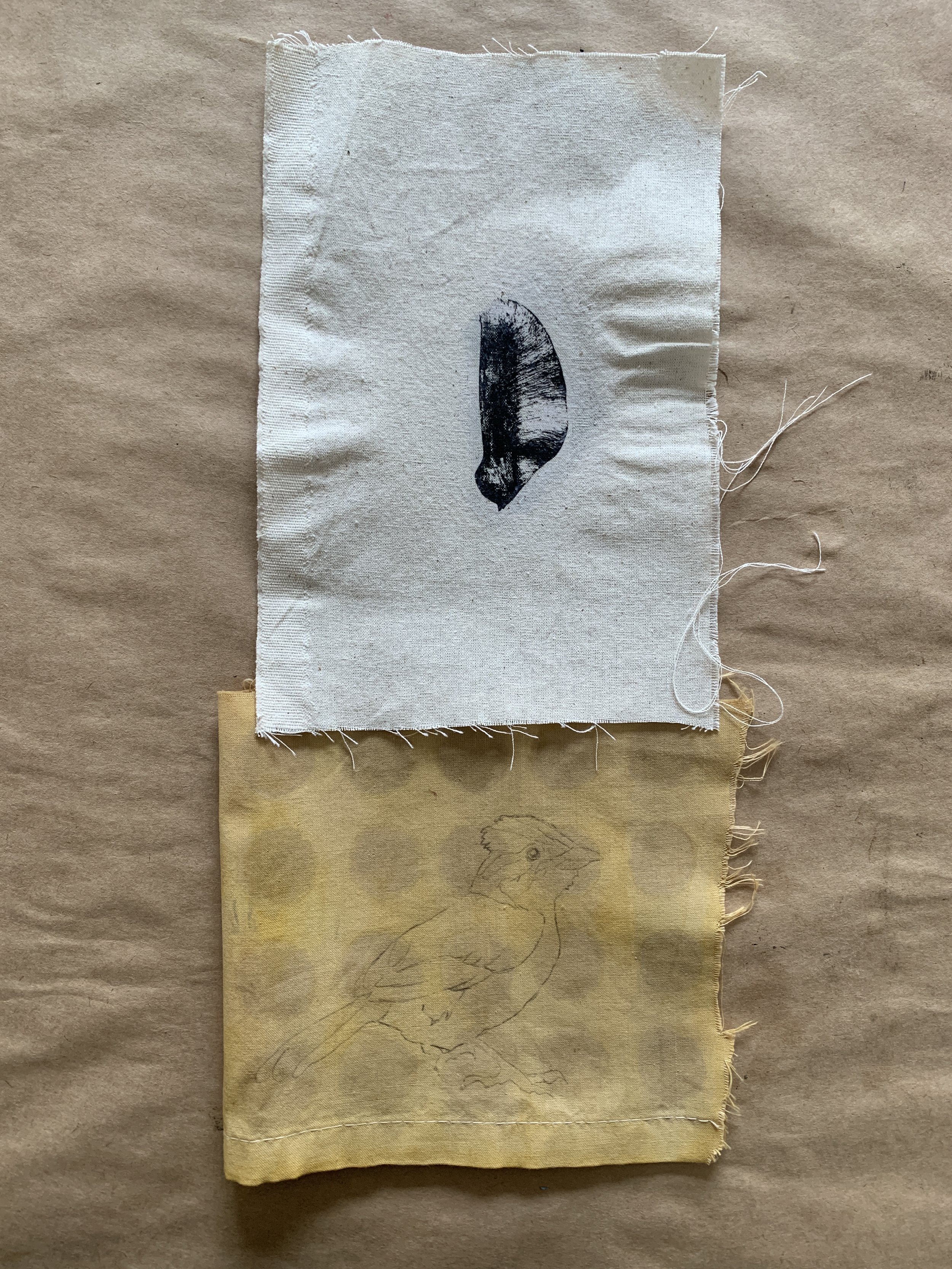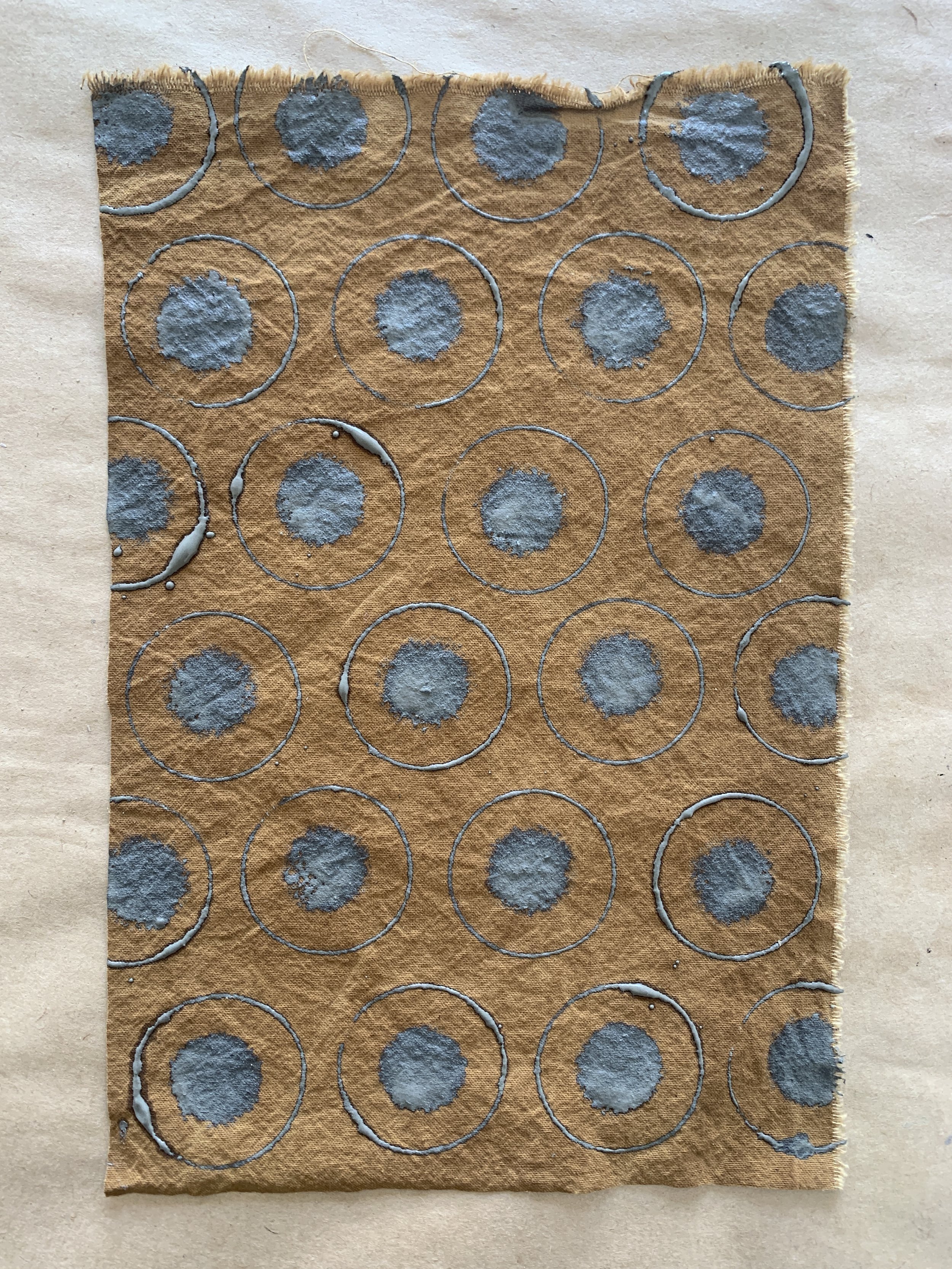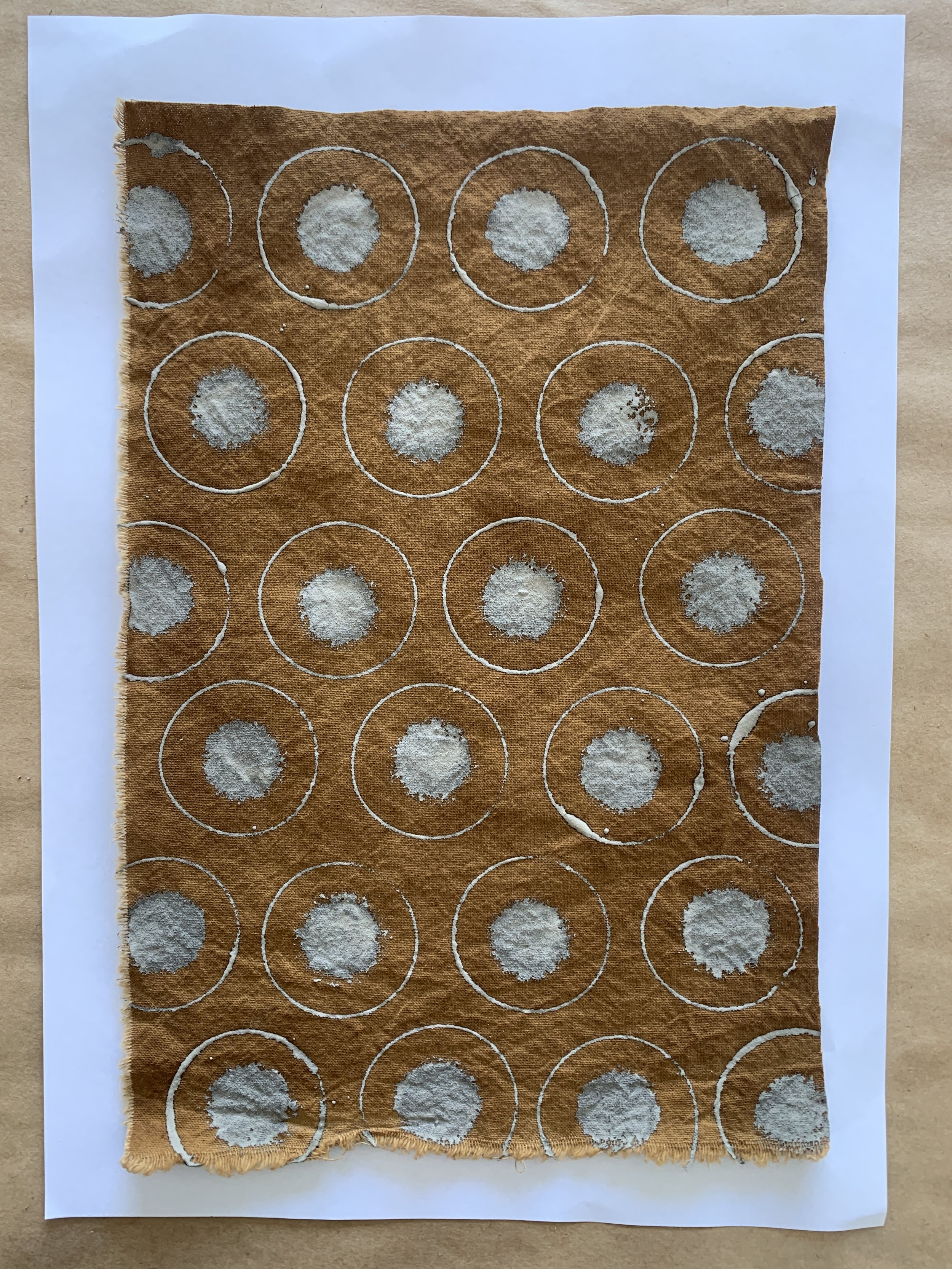This past weekend I visited a local craft fair where artisans from all over the country exhibit their beautiful handmade goods. This fair is one of the biggest ones in the country and happens every July and December but during the height of the Covid pandemic it had to stop. This is why I was so eager to attend it after two years. To me these visits are inspirational. I usually don’t buy much, I mostly speak with the artisans about their process and enjoy looking at the different colors, textures, materials-it’s a feast for the senses!
This year, I met two Shipibo artisans from Ucayali. The Shipibo are indigenous people from the Amazon rainforest. I've always wondered about their textile work with locally foraged dyes, usually using abstract black patterns on brown fabrics dyed with tree bark and mud.
As I spoke with the artisans and watched them work, I asked them if they could explain a little bit of the process. They dye the fabrics with bark from the Yacushapana tree, sometimes up to five times. It’s then painted with mud from the Calleria River which I assume is rich in iron and reacts with the tannin of the bark. I asked if they would sell me dyed fabric and mud and they were happy to, so this weekend I explored using them in my work.
I first tried using the dye on alum mordanted muslin which didn’t really work. I used two layers of dye but I only got a faint color. I then dyed the fabric with onion skins to see if they would react with the tannins but it only darkened a little.
It was time to test using a piece of one of their dyed fabrics, for some reason I always like making patterns with circles. I printed these with a Gatorade cap and a stencil sponge dabber. It worked perfectly. I then tried the mud and dye in a drawing, I wasn’t sure it would work as the lines in my drawing were very thin, but I made sure to cover the fabric well with dye and it turned out almost perfect! This made me really happy as I love the organic tones of the fabric and the way the pattern looks together with the moth-possibilities!
Unfortunately I live far from the Amazon, I would love to learn to dye with the bark and also learn much more about the patterns Shipibo artists use as I know they tell stories and are used for healing. I’ve asked Neyra, one of the artisans who sold me the fabric, to please bring me more when she’s back in Lima for another fair. For now I will be happy using it for slow stitching and incorporating it in my work.

